Comparing CCW Classes: How to Choose the Best One for You
Choosing a concealed carry weapons (CCW) class is an important decision that goes beyond meeting state requirements. Whether you’re new to carrying a firearm or looking to refine your skills, the right training can make all the difference in your confidence and preparedness. However, with so many options available, finding the best CCW classes requires careful consideration. This guide will help you navigate the process of choosing CCW training by outlining the key factors to compare and highlighting what to look for in a quality course.
1. Understand Your Needs and Goals
The first step in choosing CCW training is understanding your specific needs and goals. While many classes cover the legal and practical basics required for a concealed carry permit, not all courses are created equal. Assessing your current skill level and what you want to achieve will help narrow your options.
Beginner-Friendly Classes: If you’re new to firearms, prioritize classes that emphasize firearm safety, basic marksmanship, and an introduction to concealed carry laws. A good beginner class will build a solid foundation, covering essential topics like holster selection, safe carry methods, and the fundamentals of self-defense.
Advanced Training: If you’ve already completed basic training, look for classes that focus on advanced topics such as drawing from concealment, shooting under stress, and defensive tactics. Advanced courses often include realistic scenarios and decision-making drills to prepare you for high-pressure situations.
Specialized Training: Some CCW courses cater to specific interests, such as home defense, vehicle carry techniques, or low-light shooting. These specialized classes are ideal if you want to tailor your training to particular scenarios or challenges.
By clarifying your goals upfront, you’ll be better equipped to compare firearm courses and select one that aligns with your objectives.
2. Key Factors to Evaluate When Comparing CCW Classes
Not all CCW classes offer the same level of instruction or value. To ensure you choose a course that meets your expectations, consider the following critical factors:
Curriculum and Content: A quality CCW class should go beyond fulfilling state requirements and offer a well-rounded curriculum. Topics to look for include:
Firearm safety and handling
Legal considerations for concealed carry, including self-defense laws
Situational awareness and threat assessment
Defensive shooting techniques
Proper holster use and drawing from concealment
Instructor Qualifications: The expertise of your instructor significantly impacts the quality of your training. Look for instructors with professional credentials, such as certifications from the NRA, USCCA, or other reputable organizations. Instructors with military, law enforcement, or competitive shooting backgrounds often bring valuable real-world experience to their teaching.
Student-to-Instructor Ratio: Smaller class sizes allow for more personalized instruction and hands-on practice. While larger classes may be more affordable, they can limit your opportunities for one-on-one guidance and feedback.
Range Time and Practical Training: Live-fire practice is a crucial component of CCW training. Ensure the course includes sufficient range time to apply the concepts taught in the classroom. Practical exercises, such as drawing from concealment and shooting from various positions, are essential for building confidence and competence.
Reviews and Reputation: Research reviews and testimonials from past students to gauge the quality of the class. Look for feedback on the instructor’s teaching style, the depth of the curriculum, and the overall learning experience. Personal recommendations from friends or colleagues can also be valuable.
By carefully evaluating these factors, you can compare CCW classes objectively and choose one that provides the best value for your investment.
3. Practical Considerations: Cost, Location, and Follow-Up Opportunities
In addition to evaluating the quality of the training, consider practical factors like cost, location, and opportunities for continued learning.
Cost and Value: While budget-friendly classes can be tempting, remember that quality training is an investment in your safety and preparedness. Compare prices, but also consider what each course offers in terms of curriculum, range time, and instructor expertise. A higher-priced class that includes advanced techniques or additional range practice may be worth the extra cost.
Location and Scheduling: Choose a class that fits your schedule and is conveniently located. Some training centers offer evening or weekend courses to accommodate busy lifestyles. If a highly recommended course is further away, weigh the benefits of the training against the inconvenience of travel.
Follow-Up Training: The best CCW classes provide opportunities for ongoing education and skill development. Look for training providers that offer advanced courses, scenario-based training, or refresher classes. Building a relationship with a trusted instructor or training facility can support your growth as a responsible gun owner.
By factoring in these practical considerations, you can find a course that fits seamlessly into your lifestyle while delivering the training you need.
Conclusion
Selecting the right CCW class is essential for becoming a confident and capable concealed carrier. By understanding your needs, evaluating key factors like curriculum and instructor credentials, and considering practical elements such as cost and location, you can choose a course that meets your goals and exceeds your expectations.
At Tactical Trash Pandas, we’re dedicated to providing the best CCW classes for every skill level. Our expert instructors combine real-world experience with personalized training to help you carry with confidence. Whether you’re new to concealed carry or looking to advance your skills, we offer a range of courses tailored to your needs. Contact us today to learn more about our classes and take the first step toward responsible, effective concealed carry.

